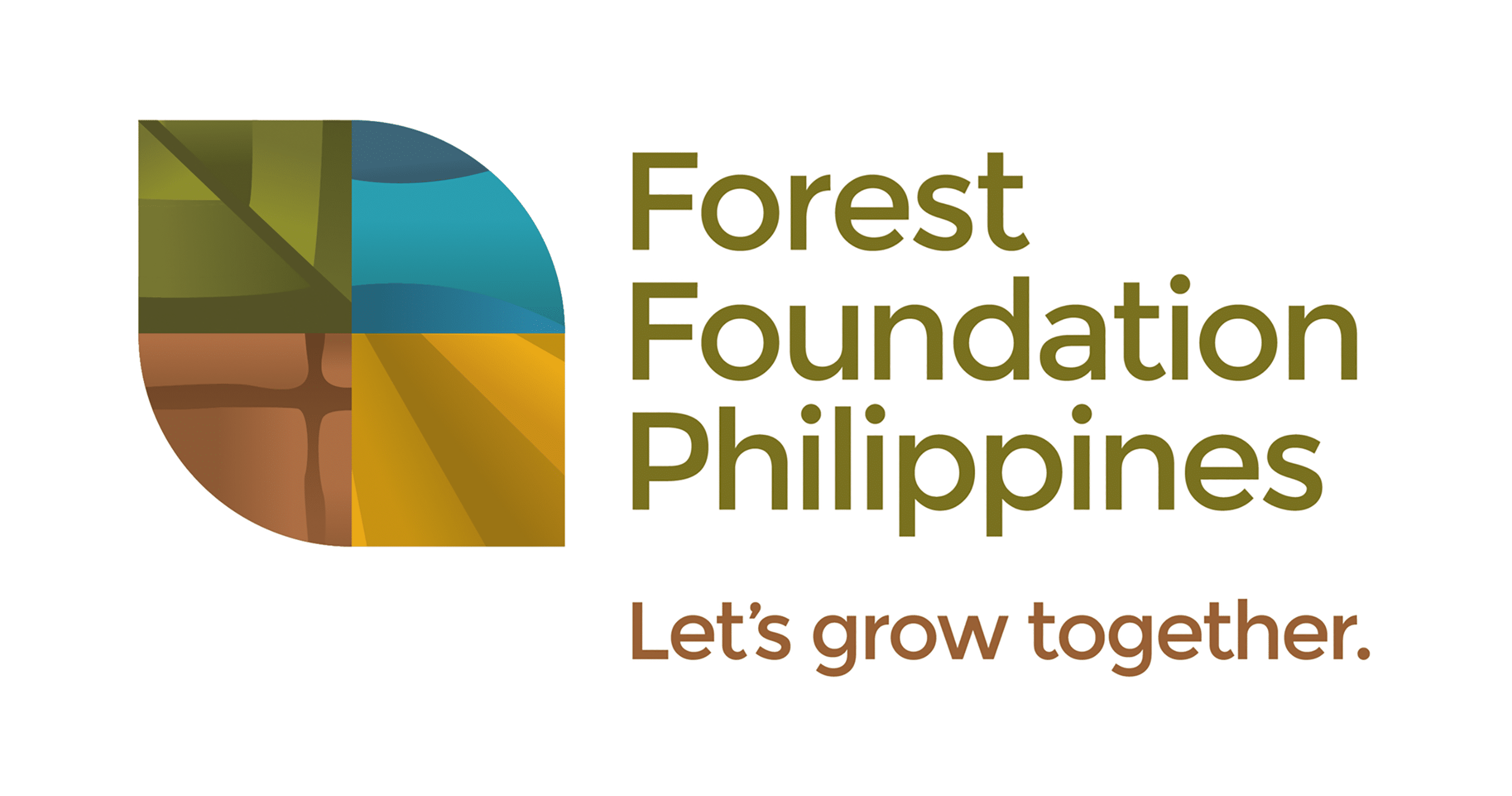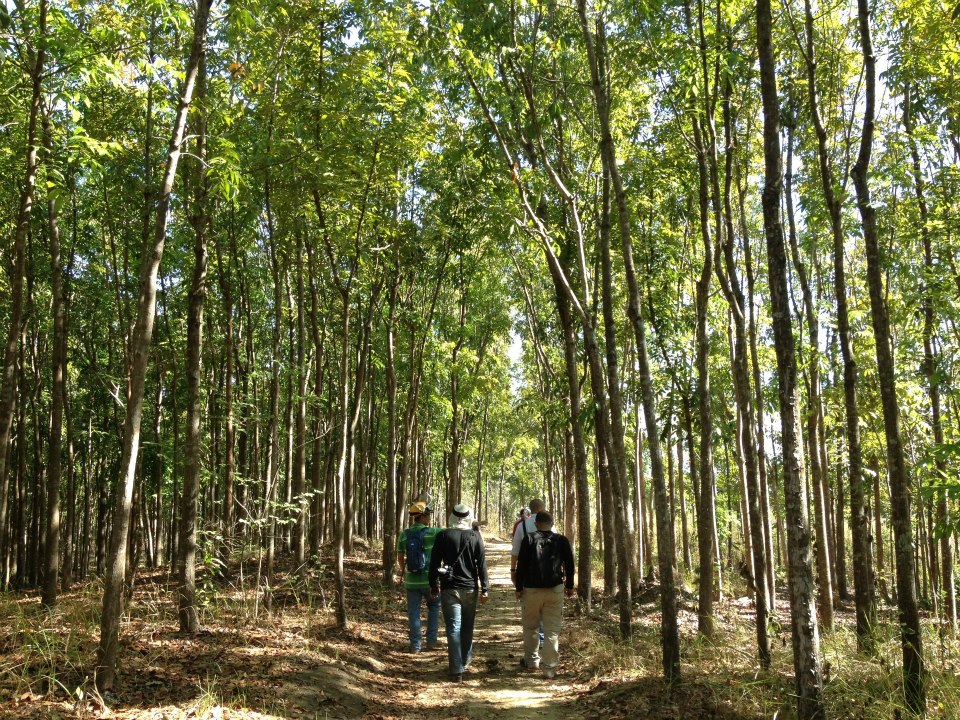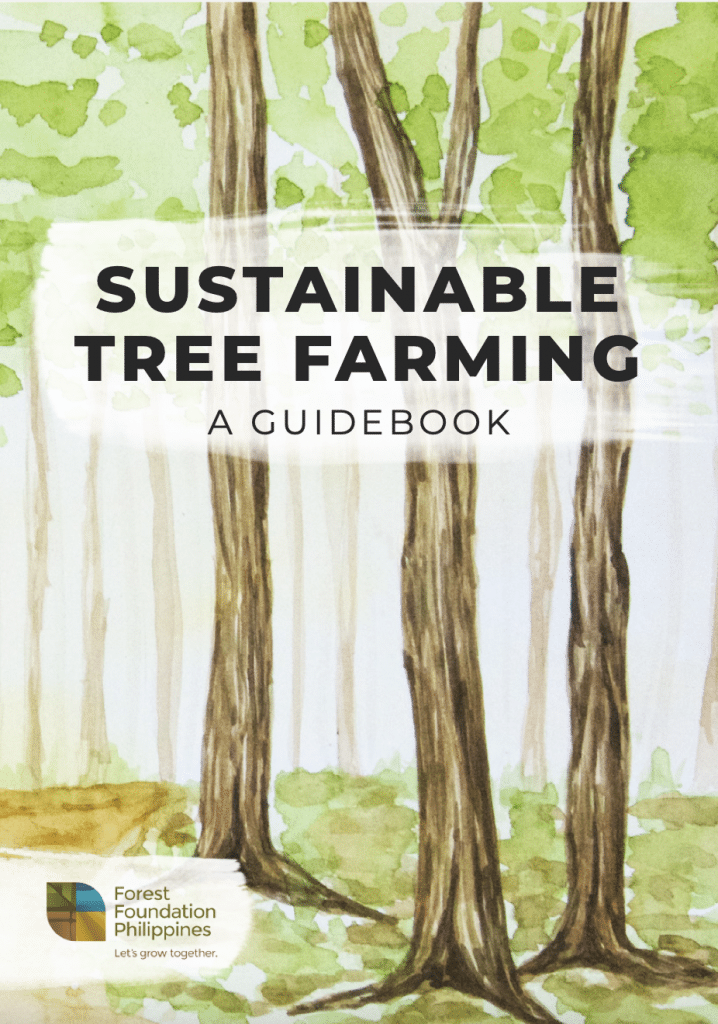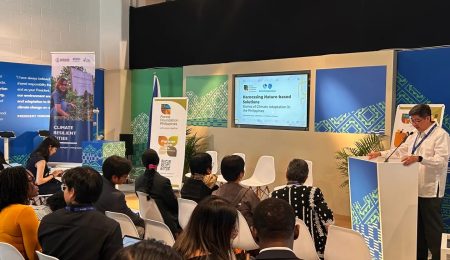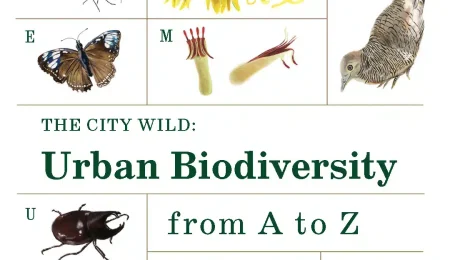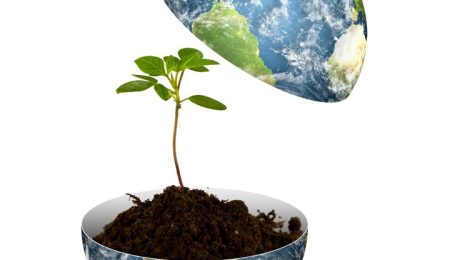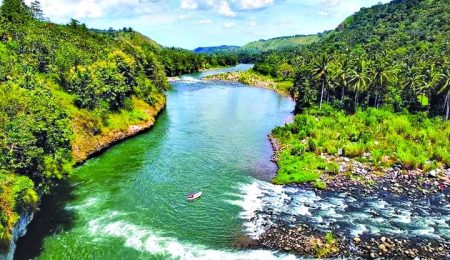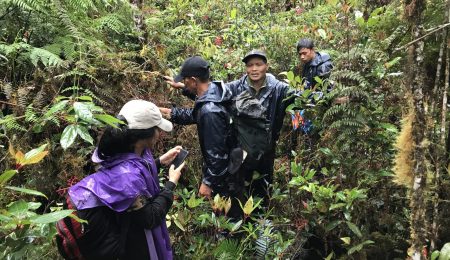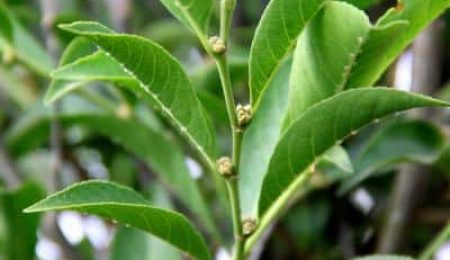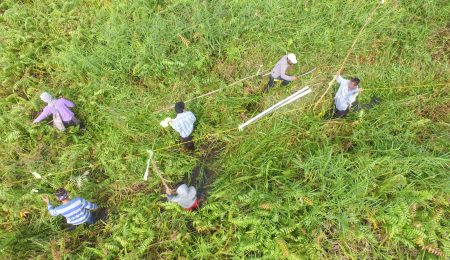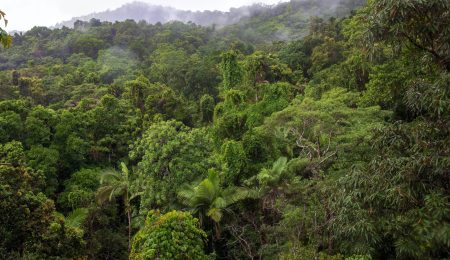Key Messages
- Increasing demand for timber and wood products puts forests at risk of further deforestation.
- Sustainable tree farming can be a viable business opportunity, especially for small landholders.
- Sustainable tree farming is an opportunity to help advocate for forest conservation, whether for wood production, orchard establishment, biodiversity sanctuaries, or tree havens.
There is a significant demand for timber products: paper, food, furniture, housing materials, and wood ornaments. This continually increasing demand contributes to the unsustainable practice of cutting down trees inside forestlands and protected areas, threatening even our remaining forests.
The newly-adopted Seoul Forest Declaration emphasized the potential of sustainable wood products during the XV World Forestry Congress. Sustainable tree farming provides a unique business opportunity to supply timber demands and other wood products without harming forests. At the same time, it contributes to conservation efforts by establishing pocket forests that provide habitat, strengthen local biodiversity, and nurtures human well-being.
What is sustainable tree farming?
Sustainable tree farming is the practice of planting trees for business but in a way that ensures the land will be able to sustain the farm in the long run. Factors such as soil, wildlife, water, and tree species suitable to the landscape are considered in this practice.
As with the MARSSE Tropical Timber, one of the most extensive sustainable hardwood plantations, it also uses technology that reduces wood waste and develops products that use all parts of the tree.
Apart from furniture and wood ornaments, fuelwood can be processed into charcoal as another product of tree farms. Charcoal making also contributes significantly to deforestation in forest areas, and leftover wood from tree farms provides a sustainable alternative.
Things to consider when starting a tree farm
The Land
Knowing the land is vital to successfully growing trees. This means considering topographical features, most especially the type of soil present. Is it clay that retains water well and is very fertile, or sandy, which is less fertile than clay and has bigger particles? It could be silt which is a mixture of clay and sand or made up of loam which has the best soil texture as it has the benefits of clay, sand, and silt.
The soil type in your land determines how to care for the trees, as each soil type reacts with water differently. Another element to consider is the soil’s PH level (acidity or alkalinity), as certain trees thrive at certain PH levels.
Types of trees
The type of soil is one factor that determines the best kind of trees that can grow on the land. For example, MARSSE has Honduras Mahogany trees, Teak, Gmelina, and other local hardwood trees such as Molave, and Kamagong.
Teak grows very poorly in sandy or acidic soils as the tree needs a lot of calcium to develop properly. On the other hand, Honduran Mahogany is best suited to clay and loam as the tree flourishes in moist type of soil.
Funding
A significant amount of money to be used in buying land, procuring seeds, equipment, facilities, and workforce is needed to start a tree farm. Additionally, return on investment comes years after the trees have grown, harvested, and developed into products.
The traditional way of getting funding is through bank loans. However, according to the experiences of tree farmers, it is difficult for them to have loans approved as banks do not consider trees as assets.
However, the Development Bank of the Philippines has the Agroforestry Plantation Program (APP) which offers loans or credit assistance programs for the development, expansion, harvesting, processing, maintenance, and protection of industrial tree plantations of at least five to forty thousand hectares.
Different organizations and government agencies can also help new sustainable tree farm entrepreneurs. It is advisable to reach out to these organizations and see what assistance they can provide.
The Department of Environment and Natural Resources (DENR), Department of Science and Technology, and Department of Agriculture (DA) periodically offer grants and other programs that help fund startup businesses or environment-oriented projects, like tree farms.
Finding seedlings for your tree farm
Finding a source of seeds or seedlings is an essential initial step. This can also come from different sources like government programs or NGOs. For instance, the Rain Forest Restoration Initiative can help source the seeds of many tropical trees. Its website provides a list of nurseries in several parts of the country.
The DENR-Ecosystems Research and Development Bureau (ERDB) recommends considering the proximity of the work area from the area of collection, convenience during collection, and age and seed sources of stock plants. It is also helpful to know the different tree species growing on your land. Assess if those that need to be cultivated are already there. If yes, these trees can be a source of seeds
Government Regulations and Clearance
Relevant government requirements and clearances are best to be obtained from the start. This will make dealing with the related agency much easier later.
The main agency that tree farmers need to work with is the DENR. The agency’s primary concern is conservation, sustainable management, and native tree species. DA might also be involved in agriculture and will be part of the development if the land that will be used is public land.
Registration with the Bureau of Internal Revenue (BIR) and the Securities and Exchange Commission (SEC) is needed to start the business. If other products are to be developed, Department of Trade and Industry (DTI) registration is required.
Know more about sustainable tree farming
Starting a tree farming business is difficult as there are many things to consider like land preparation, actual planting, maintenance of the farm, harvesting, and post-harvesting. Forest Foundation Philippines developed the Sustainable Tree Farming Guidebook to help those interested in the venture.
The Guidebook is a kind of “forestry cookbook” that lists the basic ingredients and steps for small landowners to transform their lands into sustainable tree farms. The experience of MARSSE Tropical Timber and Sustainable Tree Farmers Group of the Philippines infuse the Guidebook with real-life lessons and strategies from being in the business since 1992. The Guidebook also presents other forestry-related projects that can help forest conservation initiatives.
Banner image from MARSSE Tropical Timber
